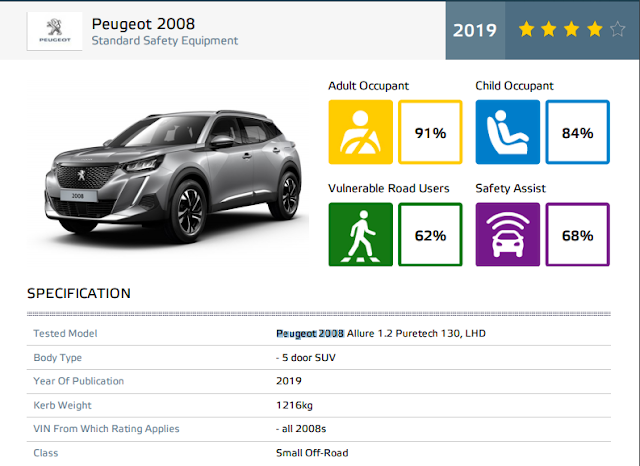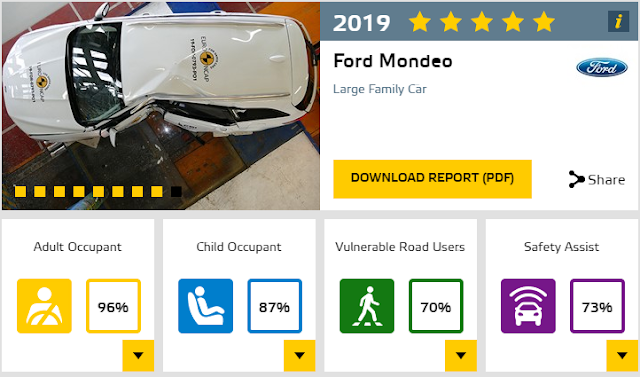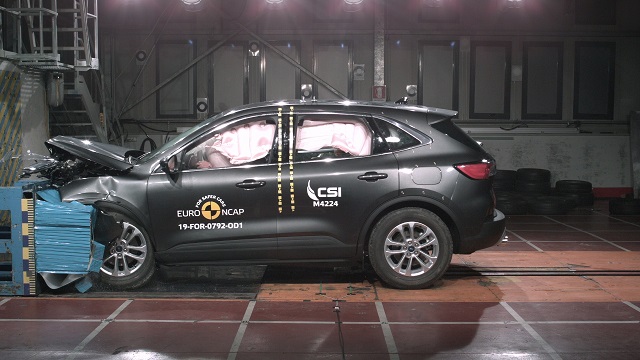
2020 SEAT Alhambra and 2020 Jeep Renegade - Crash Safety Tests Results
The passenger compartment 2020 SEAT Alhambra remained stable in the frontal offset test. Dummy readings indicated good protection of the knees and femurs of the driver and passenger.
A similar level of protection would be provided to occupants of different sizes and to those sitting in different positions.
In the full-width rigid barrier test, protection of all critical body areas was good for the driver.
However, for the rear passenger, dummy readings indicated a marginal level of protection for the chest.
A penalty was also applied as a result of high shoulder belt forces and protection of the chest was rated as poor.
In the side barrier impact, all critical body areas were well protected and the car scored maximum points in this test.
In the more severe side pole test, protection of the chest was adequate and that of other body areas was good.
However, the side door of the car became detached during the test and the score was penalised for the risk of occupant ejection.
Tests on the front seats and head restraints demonstrated good protection against whiplash injuries in the event of a rear-end collision.
A geometric assessment of the rear seats indicated marginal whiplash protection.
The standard-fit autonomous emergency braking (AEB) system performed adequately in tests of its functionality at the low speeds at which many whiplash injuries occur
2020 Jeep Renegade - Crash Safety Tests Results
The passenger compartment of the 2020 Jeep Renegade remained stable in the frontal offset test.Dummy readings showed good protection of the knees and femurs of both the driver and passenger.
Jeep showed that a similar level of protection would be provided to occupants of different sizes and to those sitting in different positions.
In the full-width rigid barrier test, protection of the driver's neck and that of the rear passenger's chest was rated as marginal, based on dummy readings of tensile forces and rib compression respectively.
Otherwise, protection was good or adequate. In the side barrier impact, protection of all critical parts of the body was good and the car scored maximum points in this test.
In the more severe side pole impact, readings of rib compression indicated marginal chest protection, with good protection of other body areas.
Tests on the front seats and head restraints demonstrated good protection against whiplash injuries in the event of a rear-end collision.
A geometric assessment of the rear seats indicated marginal whiplash protection.
An autonomous emergency braking (AEB) system is available on the 2020 Jeep Renegade. However, as this is an option, it was not tested as part of this assessment.


























